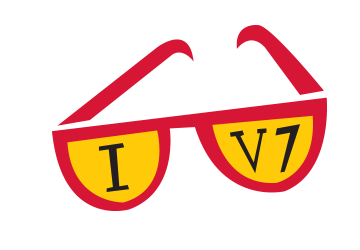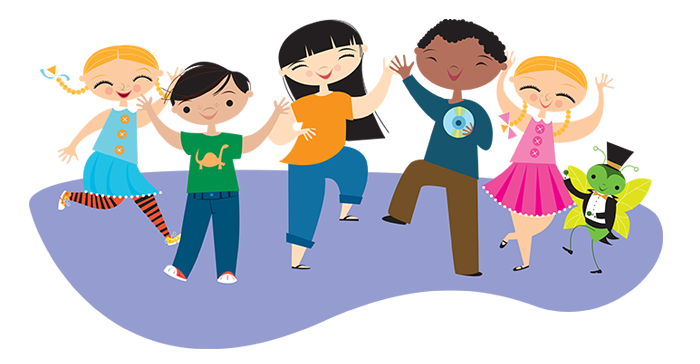Occasionally after a student has played a piece in a lesson and the performance did not reflect the musical details in the score or just seemed a bit off, particularly when played more convincingly in other attempts, a seemingly innocent question is asked. “Point to the spot on the page…
Piano Pedagogy

To the student, Piano Adventures implies an exciting exploration. To the teacher, Piano Adventures implies a philosophy and mission to develop the student’s musical mind and heart. The process of guiding a young person to develop the mind (intellect) and the heart (expression) can help form valuable life skills: confidence,…

Technique Secrets are the essential pianistic movements, gestures and touches — a scaffold of progressing skill development. We see wide variety in students in the type of music they wish to play, in the level of commitment they bring to practice, and in coordination and listening abilities. However, one thing…

Written by Randall Faber and Mary Kathryn Archuleta If you are a piano teacher, you have likely considered opening your studio, and your heart, to the 1 in 150 children diagnosed with an autistic-spectrum disorder or other impairment. Music lessons provide the structural regularity that children with special needs require.…

There is much to share with our beginning students. With limited lesson time, how do we maximize our results? Fortunately, the Primer Level presents three elements of pedagogy that have exponential value when taught in combination: introducing new notes with varied fingerings to develop note-reading skill utilizing arm weight for…

An essential concept of Level 1 is beginning articulation, specifically legato and staccato. These terms are so familiar to us as music teachers that we might overlook the importance of these touches in developing technique and musical expression. Perhaps you have noticed that there are no articulation marks at the…

Pattern Recognition Why are five-finger positions a necessary part of piano pedagogy? Because our hands have five fingers. So the relevance of five-finger patterns applies at virtually any level of piano playing. Major and minor five-finger patterns are taught in Level 2A of Piano Adventures®—after the basics of reading are…

Perhaps the favorite application of music theory in piano instruction is the teaching of I, IV and V7 chords in that familiar cluster surrounding the root-position I chord. This aspect of piano pedagogy is a guiding concept for Level 2B of Piano Adventures® and the corresponding ChordTime® Piano series. This…




